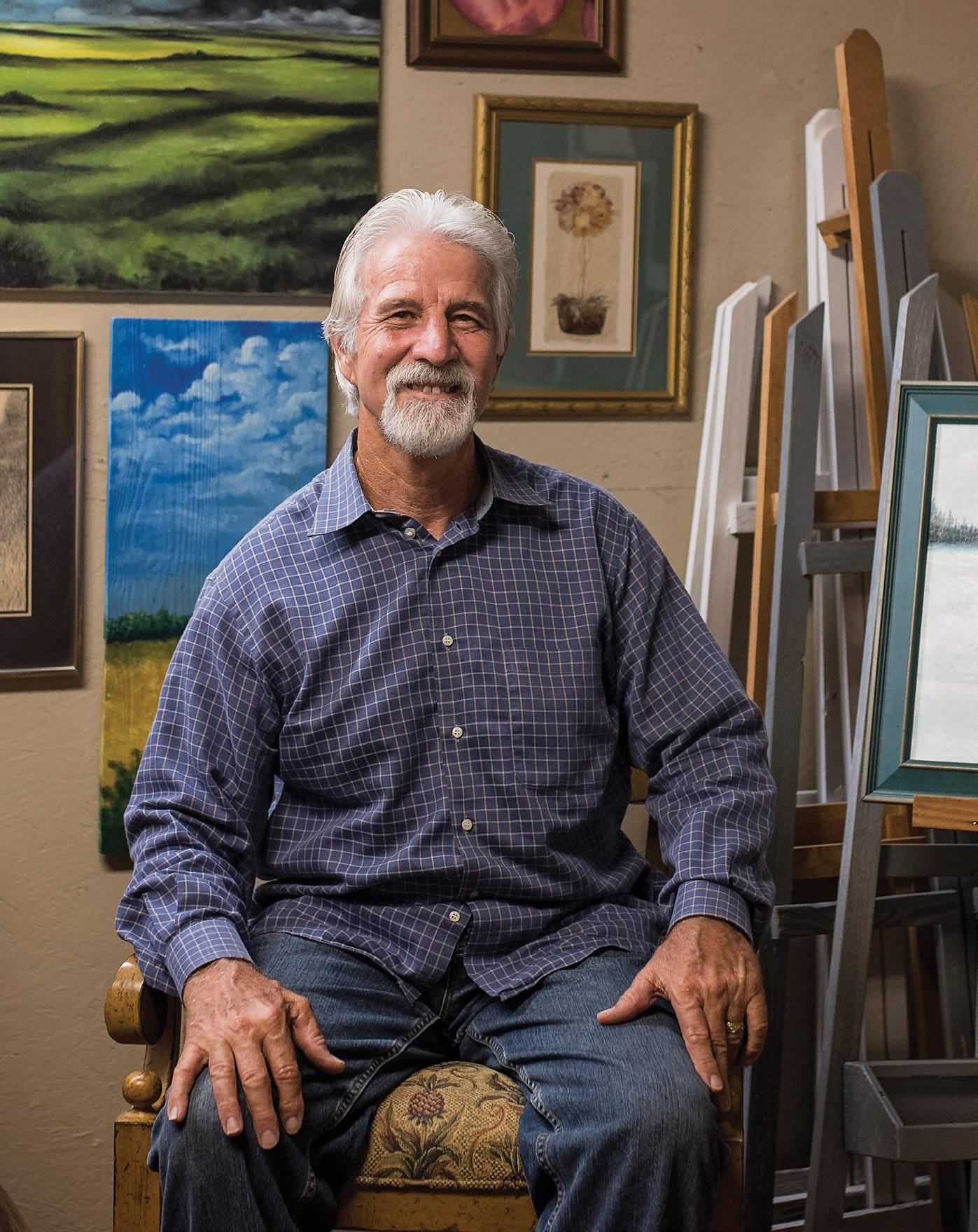
6 minute read
A War Story Without Words
Simonton resident recalls his time as a combat artist during the Vietnam War
Photo by Daniel McJunkin
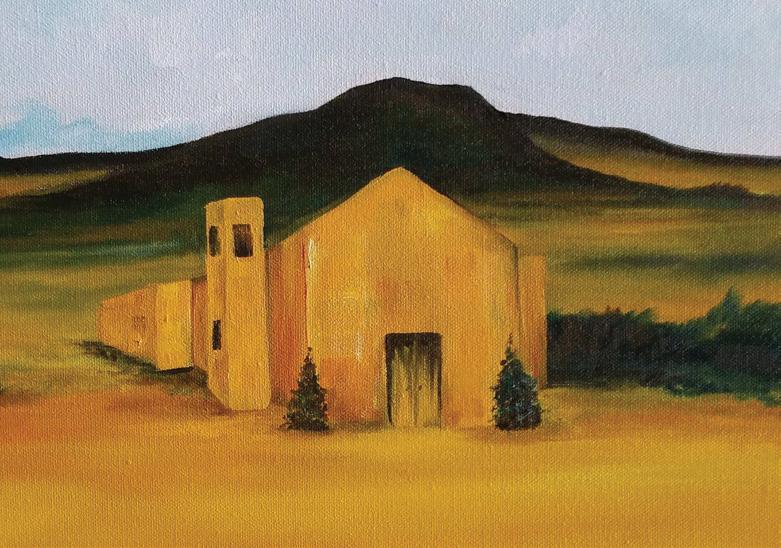

Photo by Daniel McJunkin
WRITTEN BY JACLYN RITTER, PHOTOGRAPHY BY RHONDA RENEE PHOTOGRAPHY
Art has the power to evoke a multitude of emotions. It can tell a story. It also has the ability to inform or educate. No one knows this better than former combat artist, Ken Haley. His job - to document the Vietnam War through drawings and paintings.
From a young age, Ken could often be found sketching and doodling on whatever he could find. Who needs paper? As a ten-year-old boy selling newspapers, Ken used to draw on the sides of white cars – with pencil, of course. In his late teens and twenties, while working for the railroad, he would create masterpieces on the sides of boxcars with chalk. “I guess you could say I was an early graffiti artist,” jokes Ken. To this day he cannot help but keep a pen or pencil handy for when inspiration strikes.
“I was not very good at English or math in school,” Ken says. “In fact, I didn’t test very well in general, but I always excelled in art class.” Having very little support from home, and practically on his own since the age of ten, Ken attributes his art teachers for encouraging him to pursue art outside of school. They supported him and invested in him when few others did. In a way, those art teachers paved the way for what was to become a very fascinating art career for Ken. However, it is unlikely even they could have predicted the surprising direction Ken’s raw talent and love for art would take him.
The Army Called
Ken was drafted into the Army in 1967, at the age of nineteen. He attended boot camp in Fort Bliss, Texas where the military first took note of his mechanical skills. From there Ken was sent to Fort Dix, New Jersey for training and then transferred to Fort Sill, Oklahoma for mechanical training on heavy artillery vehicles. In January of 1968, Ken was deployed to Saigon, Vietnam during the Tet Offensive, one of the largest campaigns during the Vietnam War.
Ken was sent to Long Binh Post outside of Bien Hoa Army Base, with the 720th MP Battalion, where he worked as a mechanic on everything from quarter-ton jeeps, to thirteen-ton armored personnel carriers. Being a member of a Military Police battalion was an honor in itself. The MP patch signified authority and came with a lot of responsibility. “Some think the military police just sat around guarding buildings and such,” says Ken. “But really, we did whatever was needed of us, because we were simply short of hands.” In addition to his mechanic duties, Ken ran convoys as a gunner, performed highway security, river patrol, and search and destroy missions.
During the little down time he had, Ken sketched his buddies’ girlfriends for extra money on the side. His

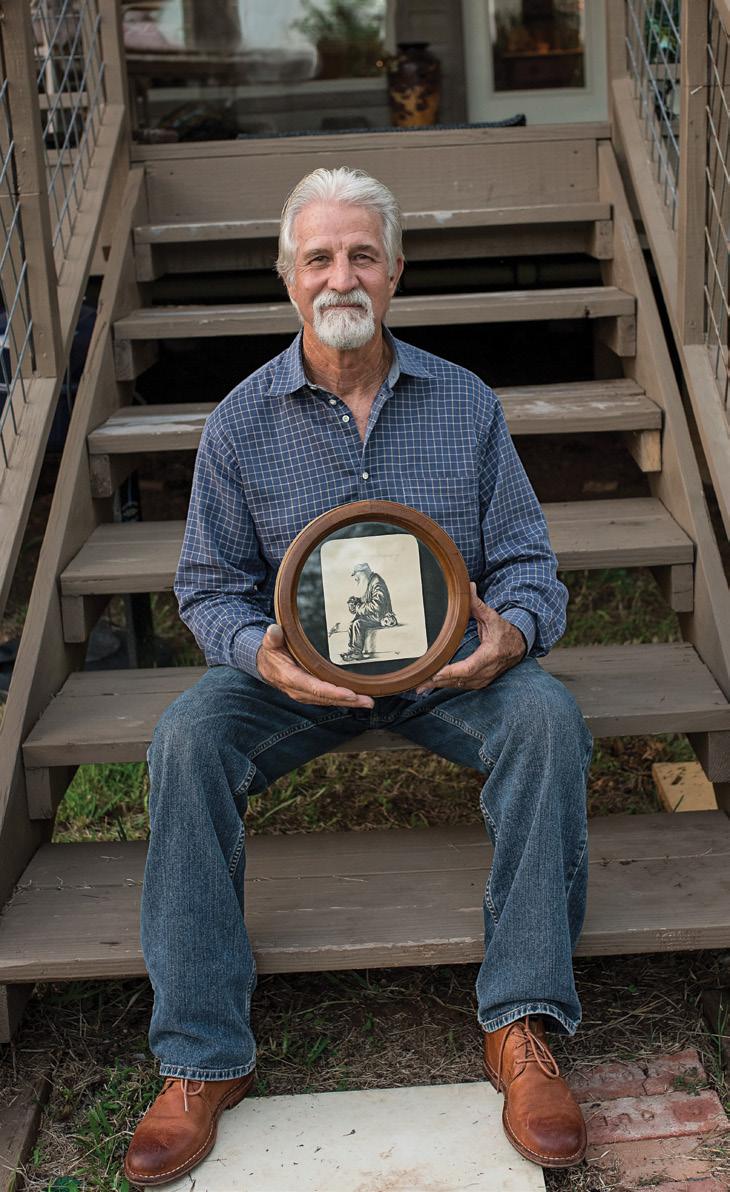

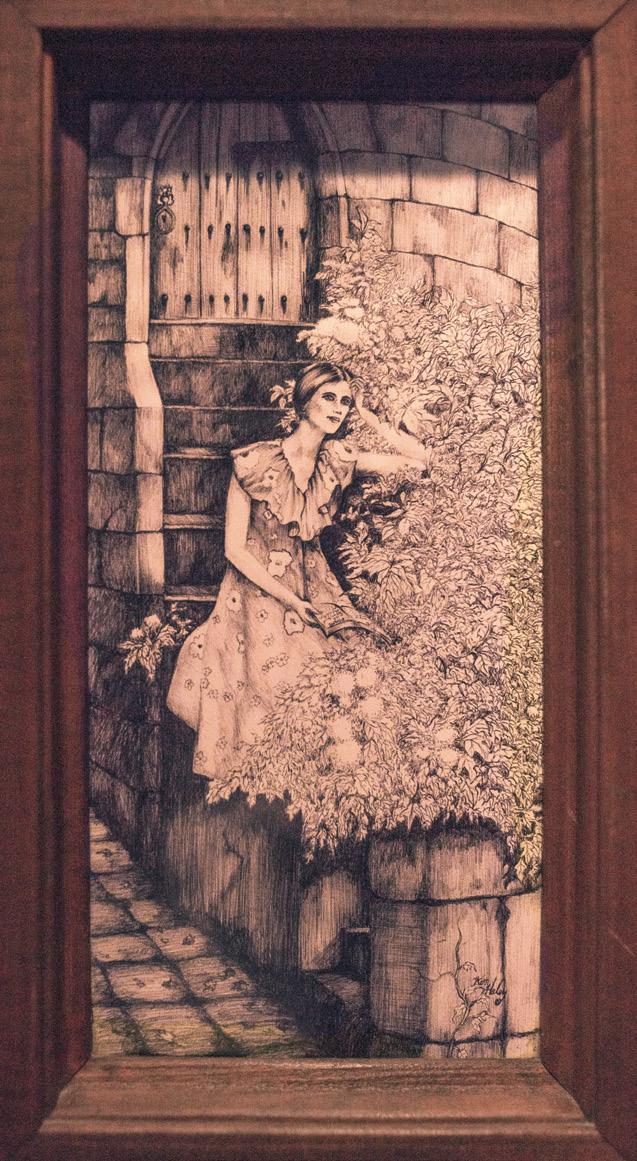
“I had a .45 on my right hip, a camera slung around my neck, a sketchpad in my left hand, and a paintbrush in my right hand.” - Ken Haley -
homesick friends had pictures to carry around with them, and Ken was able to practice his portraits. This proved to be the much-needed creative outlet for Ken during the eighteen months spent as a mechanic with the MP Battalion.
Finding Art in War
Whether it was sheer luck or divine intervention, Ken was able to graduate from sketching his friends’ loved ones to attaining a job where he could utilize his artistic talents.
Word got out that Ken’s battalion was looking for two artists and a journalist. Ken applied and was offered the opportunity to remain with his group with the sole purpose of capturing and depicting the Vietnam War through art. More specifically, his role as combat artist was to document the activities of the Military Police. Whether it was transporting supplies or guarding prisoners, Ken’s job was to relay a positive image and glorify the MPs. “I was to submit one piece a week,” says Ken. “So, wherever the Military Police went, I went. I had a .45 on my right hip, a camera slung around my neck, a sketchpad in my left hand, and a paintbrush in my right hand.” On the streets of Vietnam, right in the middle of the chaos, Ken sat with a pen and paper, taking in his surroundings and crafting, to the most intricate detail, a perfect replica of the scene before him onto paper.
When asked if he found it difficult to portray the Vietnam War in the form of art, Ken shook his head. “No, I chose to look at it solely as my job. I was there to capture what was really going on—the desolation, the thick and smothering clouds of dust, and the remarkable acts of heroism.” Ken felt that by focusing on the details and achieving a sense of reality on paper, the emotion would naturally manifest itself upon the canvas. His job was not to focus on emotion, but to portray what he saw as realistically as he could.
All of the pieces of art Ken produced during that time belong to the United States government. To this day, he does not know what became of them. “We were told the art was being sent back to the States to be distributed amongst all the army bases,” says Ken. “But who knows. They are out there somewhere.”
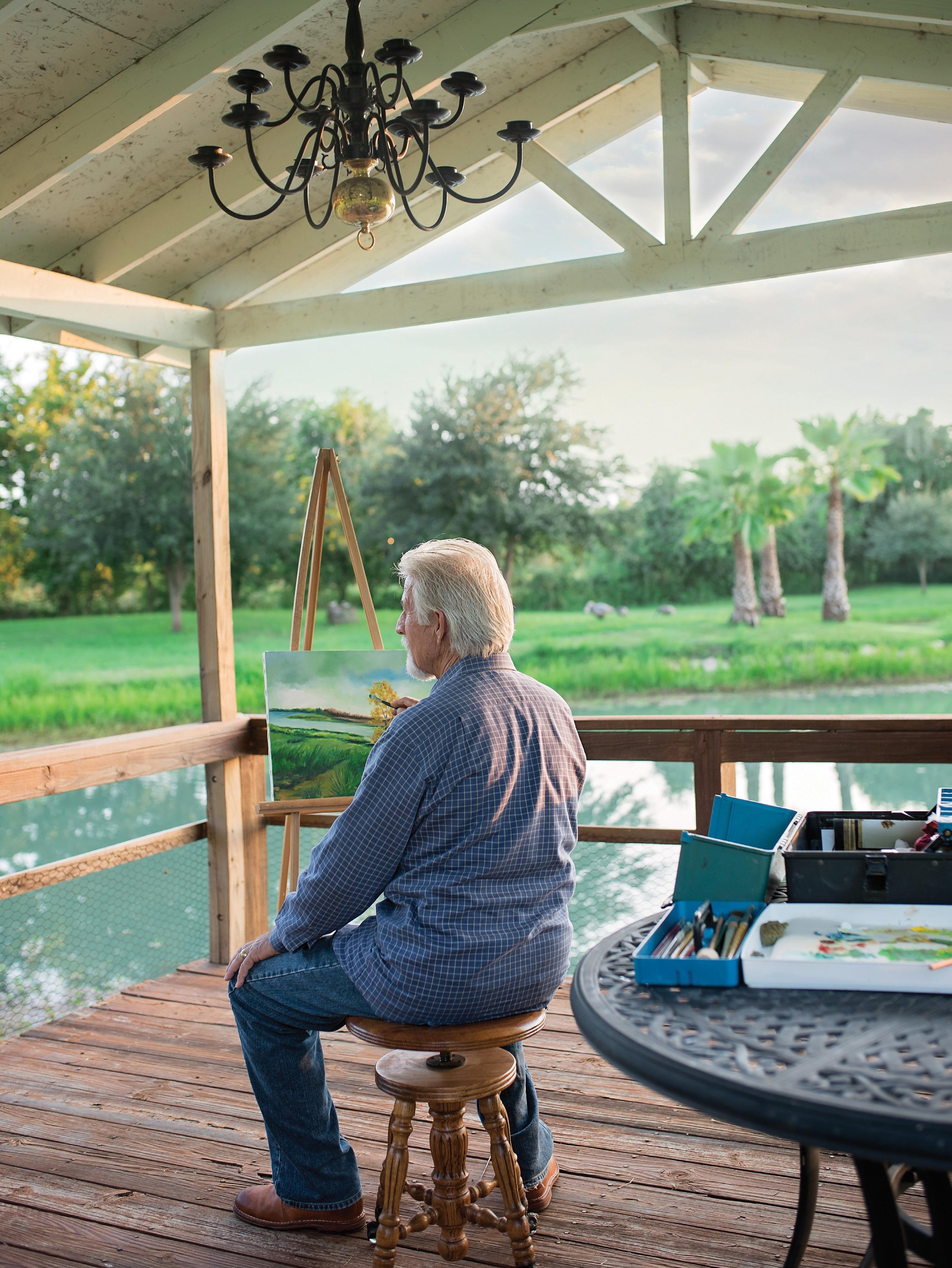
saw to paper during his time as a combat artist, Ken now enjoys the freedom of portraying his personal style and his impressions of the world around him. Working with several mediums, including oil, acrylic, watercolor, and pen and ink, Ken depicts the likes of serene meadows, rough sea waters awaiting an impending storm, and grassy cliffs overlooking an inviting lake below.
Those grade school art teachers would be proud to know that Ken never lost sight of his passion. Choosing to continue his education and stay current, Ken attends weekly art classes to continue expanding his abilities as an artist – proof that we never stop learning and growing.
Ken is quick to thank the military men who recognized his talents and who gave him the platform to do what he does best for the country he was so proud to serve. Thanks to these early opportunities, art has had a presence in all stages of Ken’s life. It has been his one constant. “I love the creativity and emotions that I can evoke through my art,” says Ken. “It is the ability to say a whole lot, without words.” With no place to store all of the art, the entire collection was turned over to Smithsonian Institution’s Museum of American History. d
To see some of his work and information about his future gallery openings visit: https://www.facebook.com/ArtistKennethHaley/
Ken is back to painting the sides of trains…the Blessington Farms barrel train that is! Next time you visit the farm, be sure to check out Ken’s fun and mobile art!

This beautiful, yet humbling piece was drawn by Ken Haley during his time as a combat artist in Vietnam. It depicts a military jeep driving through a temple near Tay Ninh, Vietnam. This drawing shows all the intricacies of the building itself, the tiny bullet holes, and the wear and tear bestowed upon it during the war.
